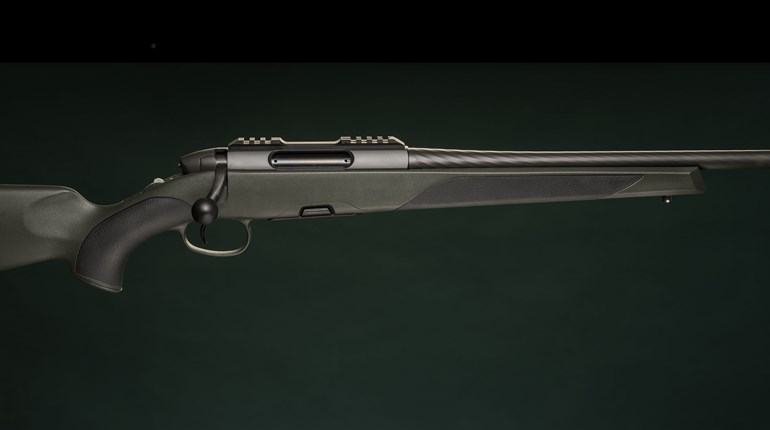
In competition, using the pointing method shaves valuable seconds off a participant’s time. However, this takes copious practice and dedicated training.
Competitive shotgunners and expert wingshooters insist shotguns should be pointed to maximize their effectiveness on moving targets. Indeed, they say aiming a shotgun in the traditional sense of the word is futile. Yet, defensive experts and tactical shotgun shooters insist shotguns should be aimed much like a rifle to avoid missing. In terms of home defense, who’s right? The answer may be more complicated than you think.
Defining "Aiming A Shotgun"
The term “aim,” when used regarding a firearm, is typically defined as using a front and rear sight—or an optic—to align the bore precisely with a target. This widely accepted definition bears much of the blame for the confusion when it comes to shotgun shooting.
Much like a professional dart thrower aims a dart using only hand-eye coordination and repetitive motion to hit the bullseye, competitive shotgunners always aim at the target, only this style of aiming doesn’t involve conventional sights. So, when a shotgunner says they’re “pointing” at a target, they’re actually aiming a shotgun, but via a different, less mechanical technique than a rifle shooter uses. Why?
Wingshooters must shoot this way if they are to consistently hit targets that fly faster than a gun can be mechanically and consciously aimed. Great wingshooters can hit targets of unknown distance, angle and speed by allowing their eyes to glean data, which is subconsciously computed in a split-second via the brain that then directs the hands where to move the gun’s barrel in relation to the target. Mastery can only be accomplished via practice.
Shotgunners can forgo a rear sight apparatus for several reasons: First, the English-style shotgun stocks that dominate the market are designed to fit the shooter such that the gun can become an extension of the body; the head is designed to fit firmly on the buttstock so that the eye, in essence, becomes the rear sight. Then, after copious practice and repetition, the shooter learns where the shotgun’s pattern will impact based on a given sight picture and barrel movement.
Shooters who have mastered wingshooting can hit flying targets with 90-plus percent probability. Hitting a close or stationary target is almost automatic, like Tom Brady tossing a 10-yard pass to a standing, wide-open receiver. In other words, if an expert trap or skeet shooter was tasked with hitting a stationary target—let’s say a silhouette target at 10 yards—100 times in a row, you’d be foolish not to bet on them doing it.
But, aiming a shotgun at stationary targets is even more reliable. So, what’s the downside? Speed.
… when a shotgunner says they’re “pointing” at a target, they’re actually aiming, but via a different, less mechanical technique than a rifle shooter uses.
A top 3-gun shotgun shooter can strike all six plates on a plate rack in around 2.5 seconds. The only way this time can be accomplished is for the shooter to focus at the next target in line, not the sights, and anticipate when to pull the trigger while the gun moves toward it. On the other hand, if the gun’s motion was stopped so it could be manually aimed at each plate, the same plate rack would take 5 to 6 seconds to clear.
But of course, even professionals miss the plates when they go too fast. Non-professionals miss them often and are generally surprised at how easy it is to miss, even with a shotgun, when under the mere pressure of a stopwatch. After all, the pattern from a cylinder bore at 5 yards is only a couple of inches wide. And, we know the pressure of competition is little compared to the overwhelming stress of a true life-or-death situation.
The question then is: Is the speed of pointing a shotgun—even in the shotgun sense of the word—worth the slight increased chance of missing during a true home-defense scenario? Unless you are Jerry Miculek, the answer is no.
In reality, there aren’t going to be six intruders lined up like a plate rack in your home. Your primary concern should be making an aimed shot to neutralize the immediate threat. Certainly, if you master a shotgun via years of situational practice, making that shot will become easier, faster and less conscious. But even so, I believe it’s best to take a fraction of a second longer to make sure your head is down, to paste the front bead on the exact spot on your target you wish to hit and to consciously squeeze the trigger.
After all, if a practiced shotgunner actually aims a shotgun, even a dumb criminal will understand that the chances of survival are dismal, indeed.






































